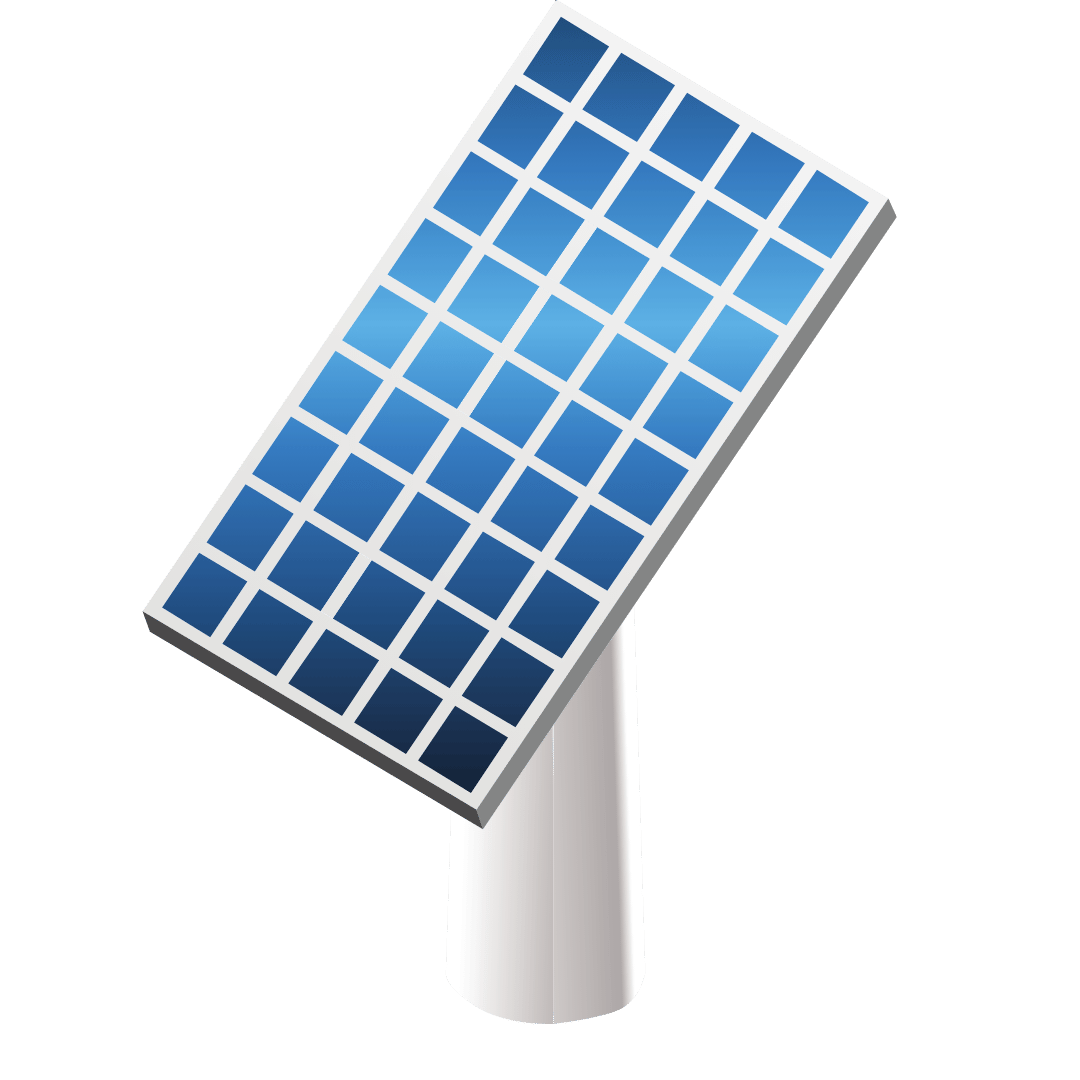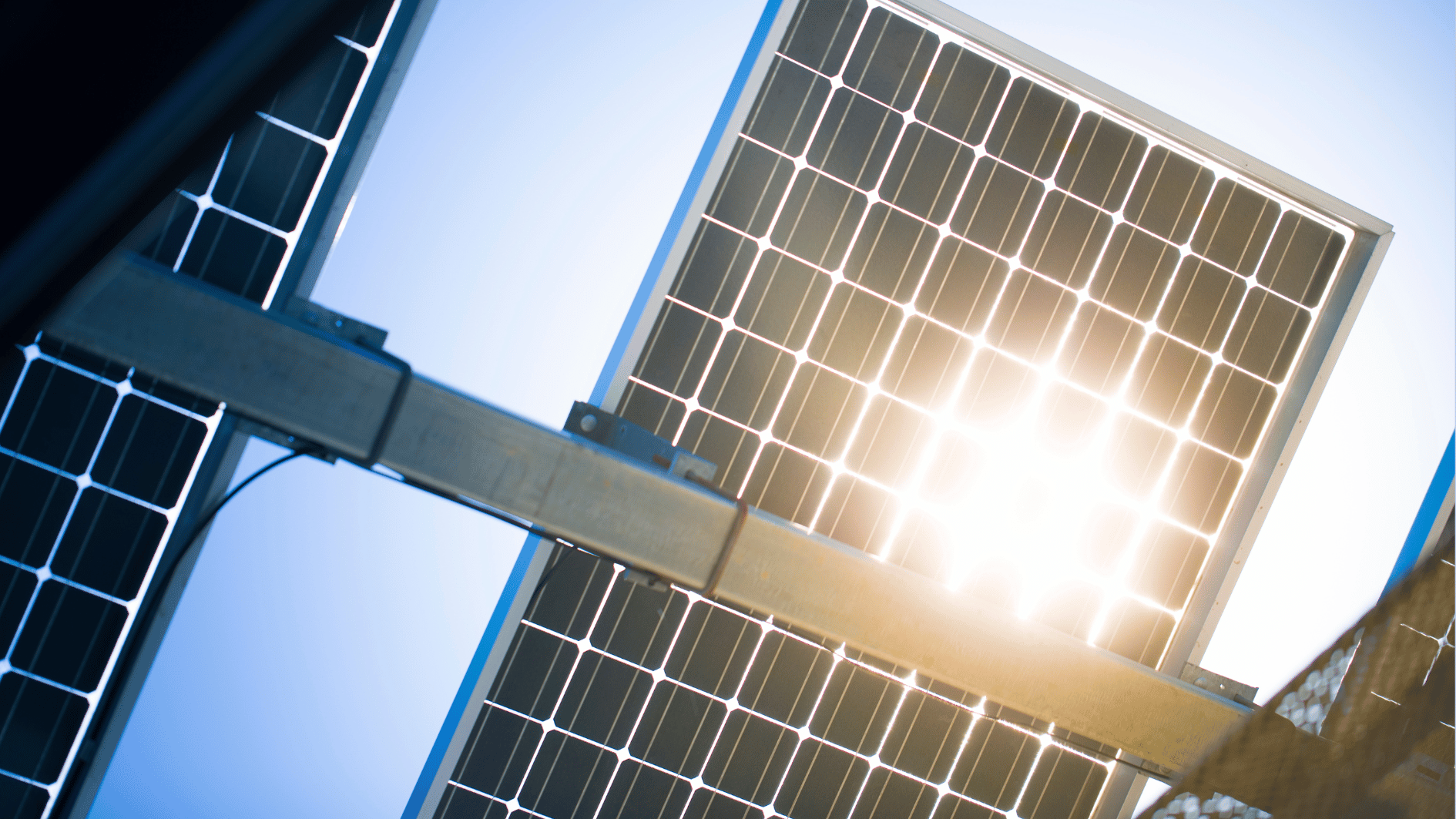Image source: Canva.com
As the demand for renewable energy continues to grow, the solar industry is constantly seeking ways to improve the efficiency and effectiveness of solar panels. One of the most exciting advancements in this field is the development of bifacial solar panels. These innovative panels are designed to capture sunlight from both sides, leading to increased energy production and greater overall efficiency. In this article, we’ll explore what bifacial solar panels are, how they work, and why they represent a significant breakthrough in solar technology.
What Are Bifacial Solar Panels?
Bifacial solar panels are a type of photovoltaic (PV) panel that is capable of capturing sunlight on both the front and back sides of the panel. Traditional solar panels are monofacial, meaning they only capture sunlight on the front side, while the back side is typically covered with a protective layer. In contrast, bifacial panels have transparent or semi-transparent backing, allowing light to pass through and be absorbed by the rear side of the panel.
The key feature of bifacial solar panels is their ability to generate additional electricity from the reflected sunlight that hits the back of the panel. This reflected light, also known as albedo, can come from surfaces like the ground, water, or other reflective materials near the installation site.
How Do Bifacial Solar Panels Work?
Bifacial solar panels operate on the same basic principle as traditional solar panels: they convert sunlight into electricity through the photovoltaic effect. However, their dual-sided design allows them to capture and convert more sunlight into electricity than monofacial panels.
Front Side Absorption
The front side of a bifacial panel captures direct sunlight, just like a traditional solar panel. This is the primary source of energy generation.
Back Side Absorption
The back side of the panel captures sunlight that is reflected off surrounding surfaces. This can include light reflected off the ground, nearby buildings, water, or even snow. The amount of energy generated from the back side depends on the reflectivity of the surface (albedo) and the installation angle.
Increased Energy Yield
By capturing light on both sides, bifacial panels can generate more electricity from the same installation area compared to monofacial panels. This increased energy yield can vary depending on factors such as the installation location, the tilt angle of the panels, and the reflectivity of the surrounding environment.
Benefits of Bifacial Solar Panels
Bifacial solar panels offer several advantages over traditional monofacial panels, making them an attractive option for both residential and commercial solar installations

Higher Energy Production
The most significant benefit of bifacial panels is their ability to generate more electricity. Studies have shown that bifacial panels can produce up to 30% more energy compared to monofacial panels, depending on the installation conditions. This higher energy production can lead to greater overall efficiency and a faster return on investment.
Space Efficiency
Because bifacial panels generate more energy from the same footprint, they are ideal for installations where space is limited. This makes them particularly useful in urban environments, rooftop installations, or areas where land is expensive or scarce.
Durability and Longevity
Bifacial panels are typically made with high-quality materials and are often more durable than traditional panels. The dual glass construction, which protects both sides of the panel, can increase resistance to environmental factors like weather, moisture, and mechanical stress, potentially leading to a longer lifespan.
Aesthetic Flexibility
Bifacial panels can be mounted in various configurations, including vertically or at different tilt angles, without losing efficiency. This flexibility allows for more creative and aesthetically pleasing designs, such as solar canopies, pergolas, or building-integrated photovoltaics (BIPV).
Adaptability to Different Environments
Bifacial panels are well-suited for a wide range of environments. They perform exceptionally well in locations with high albedo surfaces, such as snow-covered regions, deserts, or areas with light-colored ground cover. They can also be effective in urban settings with reflective surfaces like concrete or metal roofs.
Challenges and Considerations
While bifacial solar panels offer many benefits, there are also challenges and considerations to keep in mind when deciding whether they are the right choice for your solar installation:
Higher Initial Costs
Bifacial panels are generally more expensive than traditional monofacial panels due to their advanced technology and materials. However, the increased energy production can offset these higher initial costs over time.
Installation Complexity
Installing bifacial panels requires careful planning and design to maximize their performance. Factors such as the tilt angle, height above the ground, and the reflectivity of the surrounding environment must be carefully considered to achieve the best results.
Performance Variability
The additional energy yield from the back side of bifacial panels can vary significantly depending on the installation site. In areas with low reflectivity or shading, the performance gains may be less significant. It’s essential to conduct a site assessment to determine if bifacial panels are a good fit for your specific location.
Inverter Compatibility
Not all inverters are designed to handle the increased power output from bifacial panels. Ensuring that your inverter is compatible with bifacial technology is crucial for optimizing system performance.
Applications of Bifacial Solar Panels
Bifacial solar panels are versatile and can be used in a wide range of applications, including:
Ground-Mounted Solar Farms
Bifacial panels are particularly effective in large-scale solar farms, where they can capture reflected light from the ground and generate additional energy. Solar farms in snowy regions or areas with reflective surfaces can benefit significantly from bifacial technology.
Rooftop Installations
In urban environments, bifacial panels can be installed on flat roofs or tilted at an angle to capture reflected light from nearby buildings or surfaces. They are also ideal for carports and other structures where both sides of the panel can be exposed to light.
Floating Solar Systems
Bifacial panels are increasingly being used in floating solar installations on bodies of water. The water’s reflective surface enhances the panels’ efficiency, making them an excellent choice for maximizing energy production.
Building-Integrated Photovoltaics (BIPV)
Bifacial panels can be integrated into building facades, windows, or other architectural elements, providing both energy generation and aesthetic appeal.
Bifacial solar panels represent a significant advancement in solar technology, offering increased energy production, flexibility, and durability. While they come with higher initial costs and some installation challenges, the potential for greater efficiency and faster returns on investment make them an attractive option for many solar projects. As the solar industry continues to innovate, bifacial panels are poised to play a key role in the future of renewable energy, helping to meet the growing demand for clean, efficient, and sustainable power. Whether you’re considering a residential installation, a commercial project, or a large-scale solar farm, bifacial panels offer a powerful solution for maximizing solar energy production.





